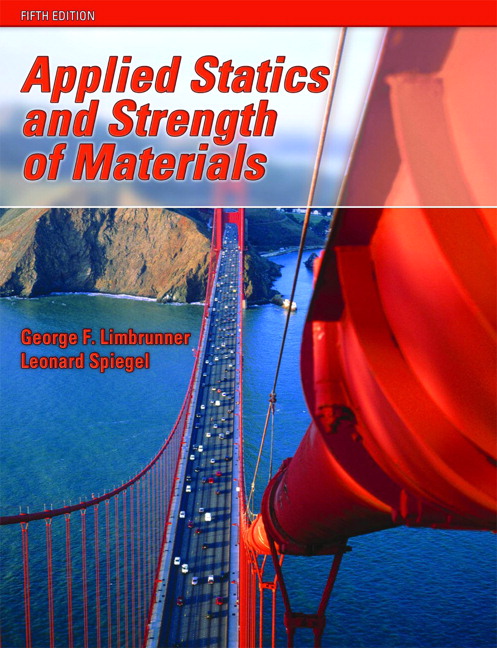The increasing demand for personalized health care has led to the expectation that individualized quantitative evaluation of human disease states is possible. However, this has not yet been achieved at a sufficiently low cost. Our ultimate goal is to determine the most accurate distributions of blood tests commonly used in health checkups. In this study, we quantified differences between the estimated distributions based on four datasets using the lognormal distribution with three parameters and analyzed the cause of the differences. We focused on two causes of differences: the exclusion criteria and distribution used for estimation of distributions. We compared the expected values across datasets for each laboratory test. We also quantitatively evaluated differences in the shape of the estimated distribution corresponding to the exclusion criteria. We found that exclusion criteria have an important influence on the shape of the distribution for blood test values.
翻译:对个性化保健的需求不断增加,导致人们期望有可能对人体疾病状况进行个性化的定量评估,然而,这一评估尚未以足够低的成本实现。我们的最终目标是确定在健康检查中常用的血液测试的最准确分布。在本研究中,我们用3个参数对基于4个数据集的估计分布差异进行了量化,并分析了差异的原因。我们侧重于差异的两个原因:用于估计分布的排除标准和分布。我们比较了每个实验室测试数据集的预期值。我们还从数量上评估了与排斥标准相对应的估计分布形式的差异。我们发现,排除标准对血液测试值分布的形状有着重要影响。




